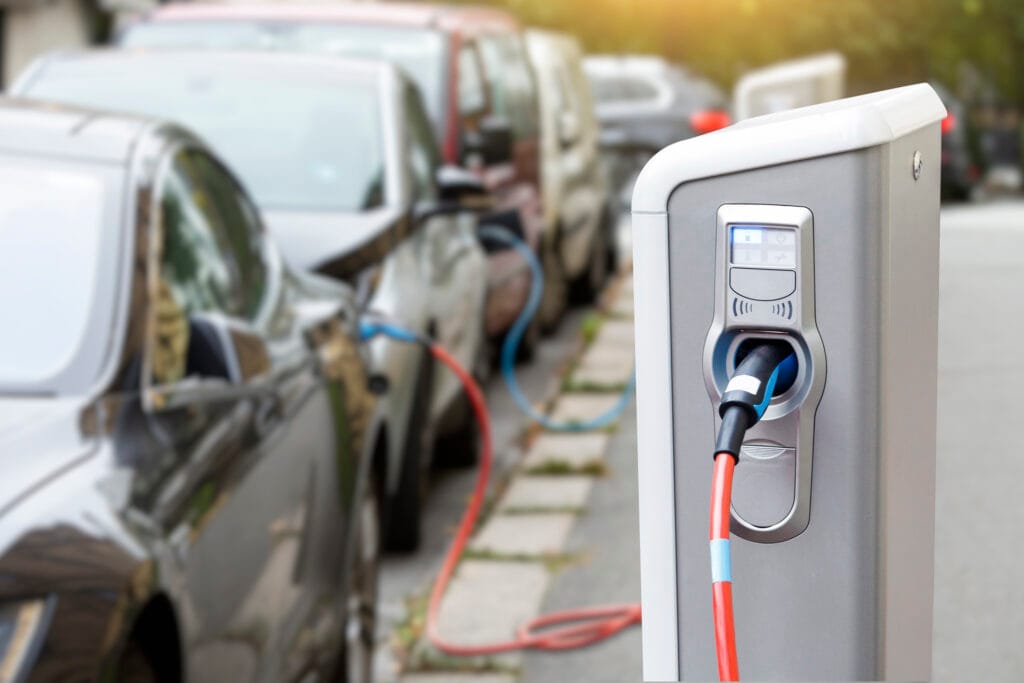
In the last decade, electric vehicles have transitioned from a futuristic concept to an integral part of the transportation ecosystem. The global push for cleaner energy sources has accelerated EV adoption, but the shift has also revealed a less obvious benefit: the potential for EVs to act as mobile power reserves. By drawing electricity during low-demand periods and feeding it back during peak hours, EVs can play a pivotal role in stabilizing the grid. This capability, known as vehicle-to-grid (V2G) technology, could help mitigate strain on aging infrastructure while supporting the integration of renewable energy.
The idea is deceptively simple yet technically sophisticated. When equipped with bidirectional chargers, EVs become dynamic assets, capable of both consuming and supplying energy. Utilities can tap into thousands of connected vehicles to balance supply and demand, reducing reliance on fossil-fuel-powered peaker plants. The approach could also provide a buffer during emergencies, such as extreme weather events, when demand spikes or generation capacity falters. For regions increasingly reliant on intermittent sources like wind and solar, the flexibility provided by EV-based storage becomes invaluable.
For consumers, the benefits extend beyond environmental goodwill. Participating in V2G programs can translate into tangible financial rewards, as utilities may offer compensation for the power returned to the grid. Early adopters in certain markets have reported hundreds of dollars in annual savings, offsetting charging costs. As more automakers integrate bidirectional capabilities into their designs, the pathway to widespread adoption becomes clearer, signaling a shift from EVs as mere transportation tools to essential components of the energy economy.
How Bidirectional Charging Works
Bidirectional charging technology revolves around inverters that can seamlessly switch between charging the vehicle’s battery and sending stored electricity back to the grid. Standard EV chargers are unidirectional, transferring power from the grid to the car. In contrast, bidirectional chargers contain more advanced electronics that allow for energy flow in both directions. This requires precise control systems to ensure compatibility with utility demands and to prevent damaging the vehicle’s battery or local electrical systems.
Communication protocols between the charger, the vehicle, and the utility are equally critical. Open standards such as ISO 15118 enable secure, real-time coordination, ensuring that vehicles feed power back only when it is safe and economically advantageous. This means that, for instance, an EV will not discharge its battery during a time when the driver needs a full charge for an upcoming trip. Smart scheduling systems and AI-based load forecasting can further optimize the process, making bidirectional charging both efficient and predictable.
Companies specializing in advanced charging infrastructure have begun incorporating these features into commercial and residential solutions. For example, ChargeTronix has developed robust and modular Bidirectional EV charging systems that support complex configurations, such as shared power cabinets energizing multiple dispensers. This flexibility is crucial for V2G adoption, allowing site operators to customize hardware for specific use cases while maintaining reliability. With distributed designs and integrated payment solutions, these systems are positioned to meet the demands of both high-traffic public charging stations and private fleet depots, advancing the technology’s real-world applicability.
Grid Stability in a Renewable Energy Era
The energy transition has placed unprecedented demands on grid stability. Renewable sources like solar and wind, while clean and abundant, produce electricity inconsistently. Without adequate storage or balancing mechanisms, the result is often surplus power during off-peak times and shortages during high-demand periods. Bidirectional EV charging can help bridge this gap by transforming parked vehicles into distributed storage units ready to smooth out these fluctuations.
Utilities have long relied on centralized storage facilities, but the distributed nature of EVs offers a resilience advantage. A network of thousands of connected cars can react faster to shifts in grid frequency and voltage, providing instantaneous support where needed. Moreover, the decentralized model reduces vulnerability to single-point failures, an increasingly important consideration in the age of cyber threats and climate-related disruptions.
From a policy perspective, regulators are beginning to recognize the importance of integrating V2G capabilities into national energy strategies. Some regions are offering incentives to install bidirectional chargers, while others are including vehicle-based storage in capacity planning models. As the regulatory landscape matures, grid operators will likely have greater confidence in leveraging EV-based resources for essential balancing services.
The Economics of Vehicle-to-Grid
The economics of V2G extend far beyond individual cost savings. On a macro scale, widespread adoption could defer the need for costly grid expansions or new generation facilities. By using existing EV batteries as temporary storage, utilities can avoid building and maintaining additional infrastructure to meet short-term peaks in demand. This translates into savings for both energy providers and ratepayers.
For businesses, particularly those operating vehicle fleets, V2G represents a new revenue stream. Fleet managers can schedule charging during low-cost overnight periods and sell electricity back during peak rate hours. Over time, these small gains can accumulate into significant income, especially for fleets with large battery capacities. In addition, V2G participation can enhance a company’s ESG credentials, demonstrating tangible contributions to sustainable energy practices.
However, the financial viability depends on several factors, including battery degradation rates, energy market prices, and regulatory support. Research suggests that with careful management, the additional cycling from V2G does not significantly shorten battery life, particularly as battery chemistries improve. As technology evolves and participation models become more sophisticated, the balance between profit and wear-and-tear will continue to tip in favor of adoption.
Overcoming Technical and Policy Barriers
Despite the promise of bidirectional charging, adoption faces both technical and regulatory hurdles. Hardware costs remain higher than for conventional chargers, though prices are gradually falling. Compatibility between vehicles and chargers is another obstacle, as not all EV models currently support bidirectional energy flow. Manufacturers must align on standards to avoid fragmented ecosystems that deter investment.
On the policy side, utility regulations can slow progress. In some jurisdictions, rules classify EV owners who feed power back into the grid as energy producers, subjecting them to commercial tariffs or complex compliance requirements. Streamlining these regulations will be essential for scaling up participation. Pilot programs in regions like California, the UK, and Japan are helping to shape policies that balance consumer protections with market growth.
Another critical element is cybersecurity. Bidirectional chargers are connected devices that interface directly with critical infrastructure. Ensuring they are protected from malicious attacks is paramount. Industry groups are working to establish security standards that safeguard both user data and grid integrity. Without robust defenses, the risk of disruption could undermine public trust and slow the technology’s momentum.
The Road Ahead for Bidirectional Charging
The coming years are likely to see bidirectional charging transition from pilot projects to mainstream deployment. Automakers are increasingly building V2G compatibility into their models, and charger manufacturers are expanding their portfolios to meet growing demand. As costs decline and interoperability improves, consumer adoption will accelerate.
International collaboration will also play a role. Lessons learned from early adopters in Europe and Asia can inform deployment strategies in North America and other emerging markets. The technology’s success will depend on a careful balance of incentives, regulation, and innovation, ensuring that all stakeholders—utilities, manufacturers, and consumers—benefit from its rollout.
Ultimately, bidirectional charging represents more than just an upgrade to existing EV infrastructure. It is a step toward a more dynamic, resilient, and sustainable energy system. By unlocking the latent potential in millions of parked vehicles, societies can transform the way electricity is stored, distributed, and consumed, creating a grid that is as flexible as the future demands.





